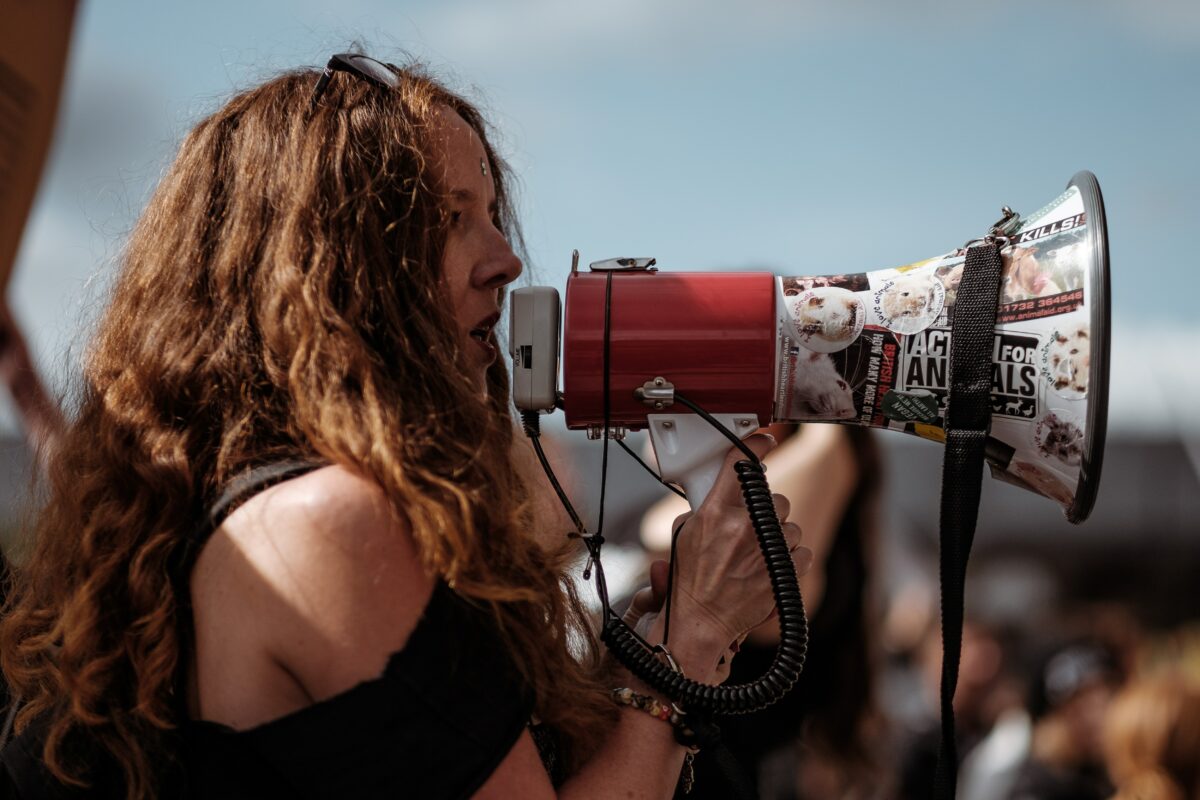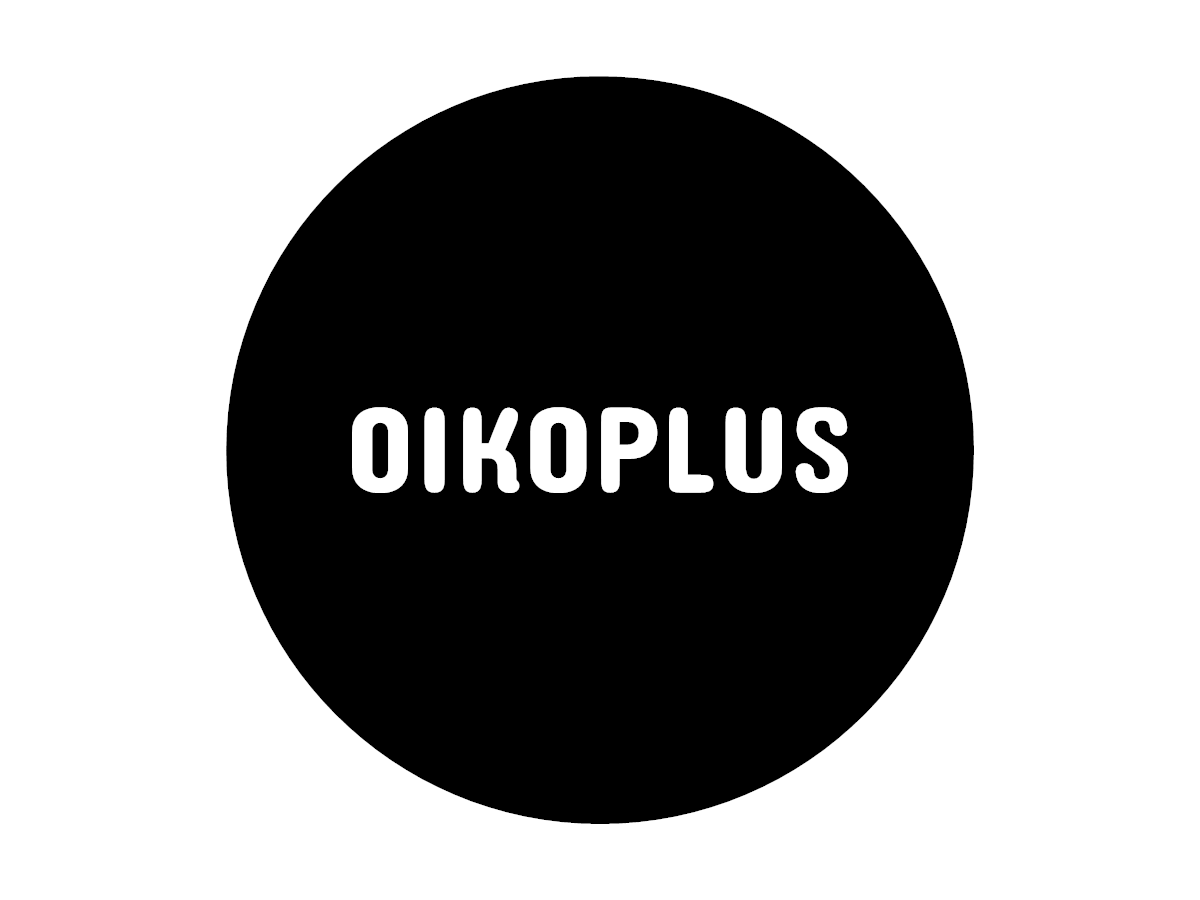Even before Covid-19 the world we live in was a connected and condensed one. Complex and diverse as it was, it had already put the heart of our community, namely democracy, to the test. To what extent democracy has been affected in and outside of Europe can be read in the yearly reported Democracy Index of the British Economist Intelligence Unit. But now that the pandemic is firmly in control of most states and containment measures have been imposed, the assumption that further deterioration will occur is not far-fetched. In this Reading List we share exciting contributions, articles and projects with you that ask how we can participate in social issues despite contact bans and physical distancing, and which methods of e-participation help us to maintain a dialogue on equal footage.
The Green Paper of the Austrian Federal Ministry for Art, Culture, Public Service and Sport – a well-founded guide for participation in the digital age – offers an introduction that is well worth reading, including exciting how-tos about e-participation. The authors emphasise the importance of participation and transparency for a living democracy and conceive digital participation and communication formats as a contemporary solution approach. They argue that the use of information and communication technologies makes it possible to design participation processes more easily and to remove barriers to participation. Some target groups can better be reached and integrated through digital participation formats as opposed to of analog and presence-oriented methods: who does not know the monologue of those who like to hear themselves talking and the silent ones among these who do not dare to express their opinion. Here, e-participation also provides a remedy on a discursive level.
The final report on the project “Open statecraft – better politics through open government”? provides information on the opportunities and challenges of such initiatives. In the Co:llaboratory – a multi-stakeholder think tank and policy laboratory – initiated by Google, experts from civil society, science and corporate sector are devoting themselves to the question of how concepts of open statecraft can be integrated into political culture using Germany as an example. In the chapter ‘eParticipation: Get involved! ’You will find numerous recommendations for e-participation projects – starting with the conception through to implementation. And for those who want to know exactly: the best practice collection including analyses and success factors!
Apart from all the potential (and risks) associated with digital participation formats, we would like to show you very specific and practical tools on how you can bring e-participation into your everyday (work) life. Involve, a UK-based, non-profit organization, for example, offers introductions to numerous synchronous and asynchronous digital tools and participation processes on their website: crowd mapping, interactive whiteboards, interactive Q & A’s, etc.
An almost equally comprehensive introduction to the universe of e-participation is offered by the small 1×1 of digital participation by Zebralog. However, the focus is on the additional competencies that e-participation demands from its organisers. The participation pioneers from Germany have collected a whole range of methods, tools and ideas on their website so that you can design your video conferences more interactively. But they also state that no master has fallen from heaven. The rule is: practice, practice, practice! Furthermore, a new tool case for digital participation is also offered by nonconform – the office for architecture and participatory spatial development inside and outside of Austria.The new platform nonconform live transfers sophisticated participation processes into the virtual space and guarantees a creative as well as productive atmosphere.
The art project #HotPhones by Nadja Buttendorf through the eyes (or better, the keyboard) by Magdalena Götz from the magazine Kunst Medien Bildung represents a creative way of how e-participation can be further spun out. The artist focuses on digital media technologies and forms of newly enabled (or prevented) participation; the portraitist, for her part, examines possible consequences and conclusions of the discourse about post-digitality for the concept of participation. Exciting and amusing at the same time, but we won’t reveal more. Have a look yourself!
Categories
RL #003: Hear and Being Heard, Exchange Ideas and Have a Say: Digital Participation Made Easy


